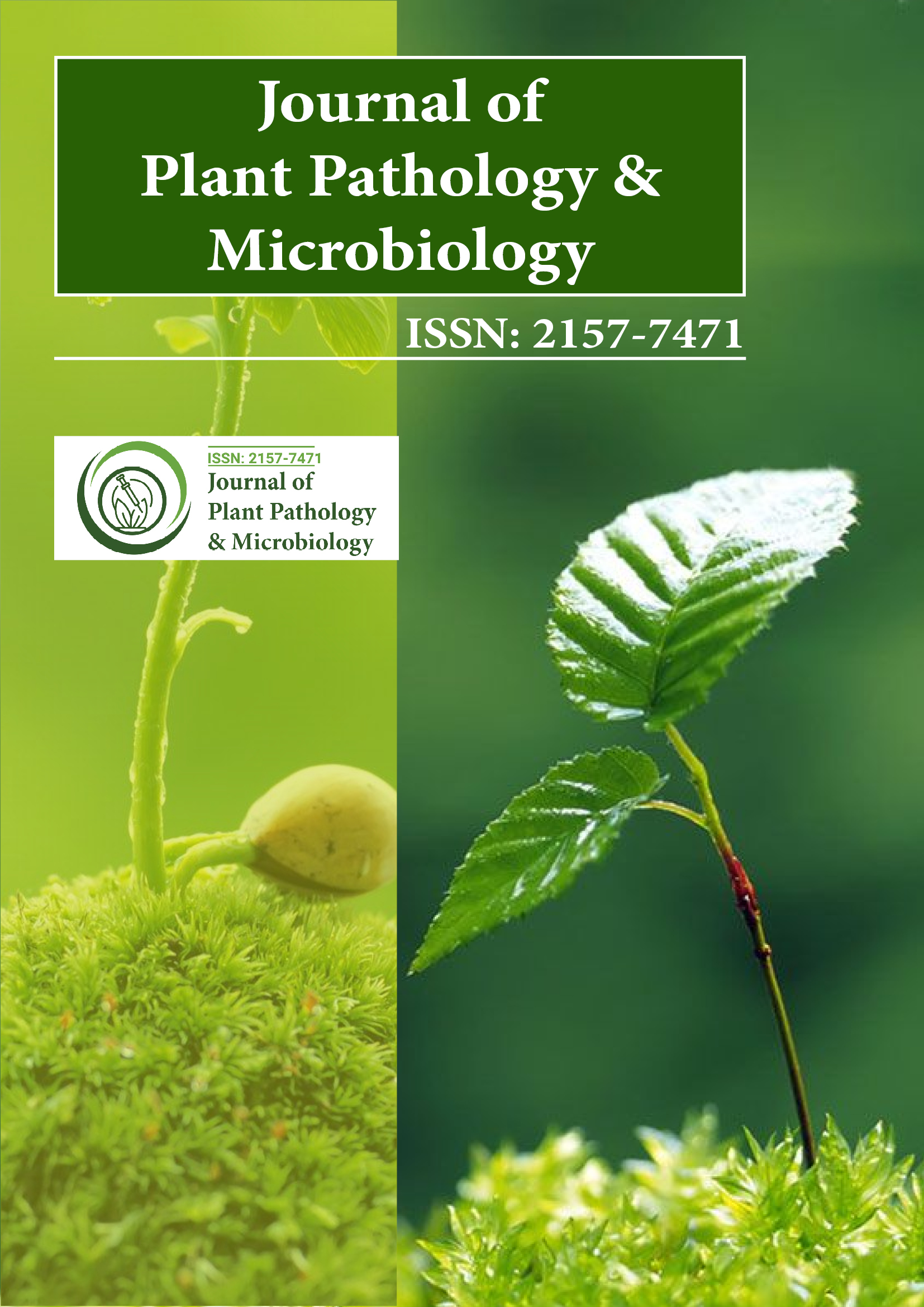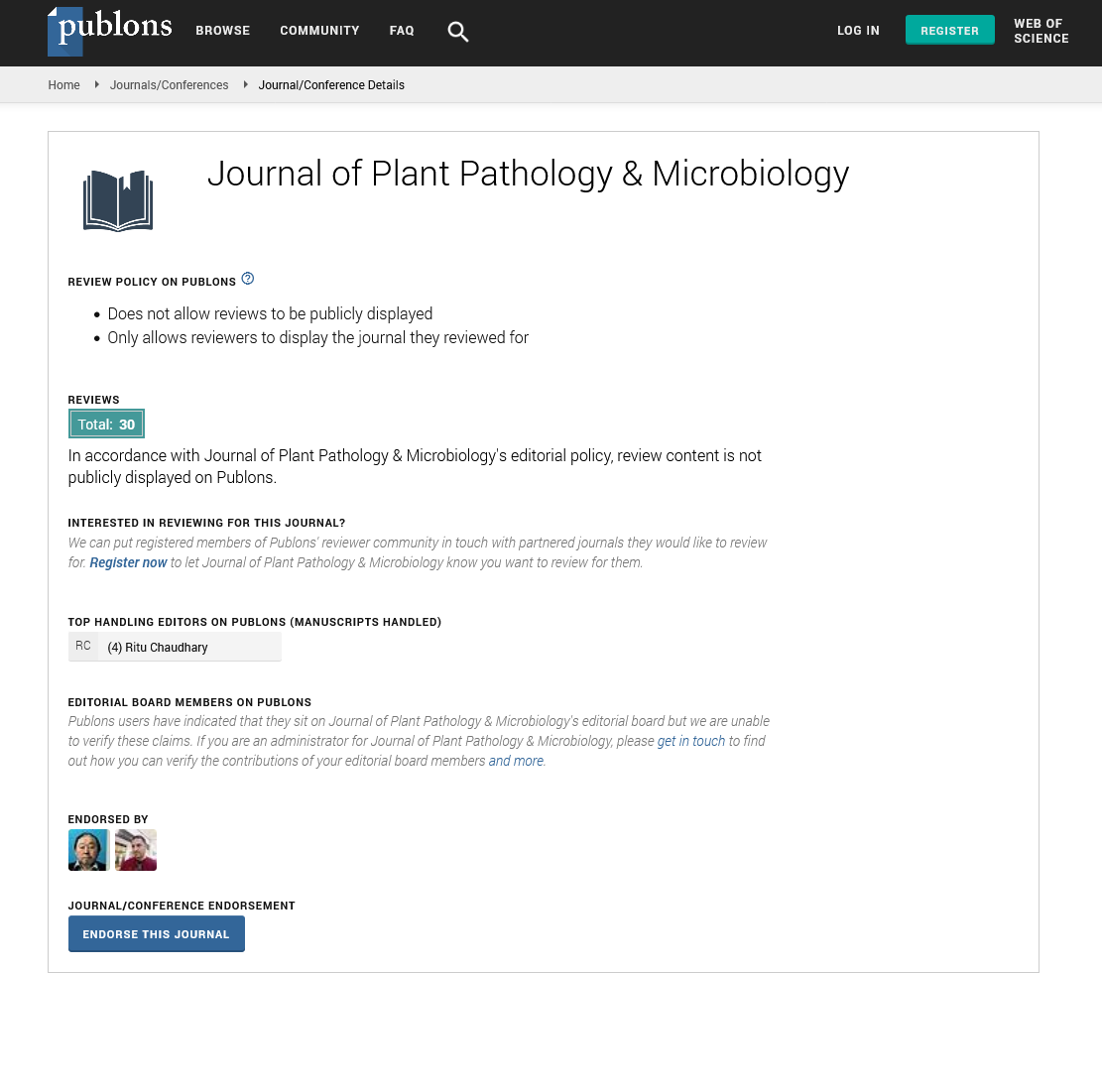PMC/PubMed Indexed Articles
Indexed In
- Open J Gate
- Genamics JournalSeek
- Academic Keys
- JournalTOCs
- CiteFactor
- Ulrich's Periodicals Directory
- Access to Global Online Research in Agriculture (AGORA)
- Electronic Journals Library
- Centre for Agriculture and Biosciences International (CABI)
- RefSeek
- Directory of Research Journal Indexing (DRJI)
- Hamdard University
- EBSCO A-Z
- OCLC- WorldCat
- Scholarsteer
- SWB online catalog
- Virtual Library of Biology (vifabio)
- Publons
- Geneva Foundation for Medical Education and Research
- Euro Pub
- Google Scholar
Useful Links
Share This Page
Journal Flyer

Open Access Journals
- Agri and Aquaculture
- Biochemistry
- Bioinformatics & Systems Biology
- Business & Management
- Chemistry
- Clinical Sciences
- Engineering
- Food & Nutrition
- General Science
- Genetics & Molecular Biology
- Immunology & Microbiology
- Medical Sciences
- Neuroscience & Psychology
- Nursing & Health Care
- Pharmaceutical Sciences
Opinion Article - (2024) Volume 15, Issue 4
The Evolutionary Dynamics of Pathogens in Polyculture Farming Systems
Kelvin Merry*Received: 28-Nov-2024, Manuscript No. JPPM-24-28277; Editor assigned: 02-Dec-2024, Pre QC No. JPPM-24-28277 (PQ); Reviewed: 16-Dec-2024, QC No. JPPM-24-28277; Revised: 23-Dec-2024, Manuscript No. JPPM-24-28277 (R); Published: 30-Jan-2025, DOI: 10.35248/2157-7471.24.15.737
Description
Polyculture farming systems characterized by the cultivation of multiple crop species in close proximity present a complex ecological framework that influences the evolutionary dynamics of plant pathogens. These systems which contrast sharply with monoculture farming introduce increased biodiversity and environmental heterogeneity. Such conditions profoundly impact the population structure genetic variation and adaptive mechanisms of pathogens shaping their evolutionary trajectory in distinctive ways.
One of the primary factors driving pathogen evolution in polyculture systems is the diversity of host plants. In monoculture systems pathogens often encounter a uniform host population promoting specialization and rapid adaptation to a single plant species. This scenario frequently results in high disease severity and recurring epidemics. In contrast polyculture systems introduce a range of potential hosts with varying susceptibility forcing pathogens to navigate a more complex ecological landscape. This host diversity can dilute pathogen populations reducing disease pressure on any single crop and hindering the spread of specialized pathogens. Additionally exposure to multiple host types can promote pathogen diversification as certain strains evolve to exploit alternative hosts leading to a broader genetic pool and potentially attenuated virulence.
The spatial arrangement of crops in polyculture systems also plays a significant role in shaping pathogen dynamics. Mixed cropping introduces physical barriers and alters microclimatic conditions such as humidity and temperature which can influence pathogen survival reproduction and dispersal. For example a patchwork of resistant and susceptible plants within a polyculture field may disrupt the pathogen’s ability to establish continuous infections slowing the evolution of virulent strains. Moreover microclimatic variation caused by the presence of multiple crops can affect the efficacy of spore dispersal or vector behavior limiting the reach of airborne or insect-transmitted pathogens.
Selection pressures in polyculture systems are inherently diverse due to the coexistence of different crops with distinct defense mechanisms. Pathogens must adapt to a variety of immune responses including physical barriers like thicker cell walls or chemical defenses such as antimicrobial compounds. The necessity to overcome diverse defenses often limits the pathogen’s ability to optimize infection strategies for all hosts potentially reducing overall virulence. However it also creates opportunities for the evolution of generalist pathogens that can infect multiple host species potentially increasing their ecological fitness in polyculture systems.
Horizontal Gene Transfer (HGT) among pathogens and symbioses is another evolutionary mechanism influenced by polyculture farming. The proximity of diverse microbial communities in the rhizosphere and philosopher facilitates the exchange of genetic material including genes associated with virulence antimicrobial resistance and environmental adaptation. While HGT can accelerate the emergence of new pathogen strains the genetic diversity within polycultures may also promote the stability of beneficial microbes helping suppress pathogen populations through competitive exclusion or production of inhibitory compounds.
Antagonistic interactions within polyculture systems contribute further to pathogen evolution. Beneficial microbes such as Bacillus Trichoderma and Plant Growth-Promoting Rhizobacteria (PGPR) thrive in diverse crop systems and exert biocontrol effects on pathogens. These interactions add an extra layer of selective pressure driving pathogens to evolve counterdefenses or new infection strategies. Over time such antagonistic dynamics may enhance the resilience of polyculture systems favoring co-evolutionary stability between hosts and their associated pathogens.
Environmental factors including nutrient availability soil structure and water dynamics significantly influence the evolutionary dynamics of pathogens in polyculture systems. For instance soil amendments root exudates and organic matter inputs vary with crop diversity shaping microbial community composition and nutrient cycles. These changes can directly affect pathogen proliferation and evolution either by creating competitive environments or by altering the availability of hostspecific cues that facilitate infection. Furthermore nutrient cycling and enhanced soil structure in polycultures often support robust plant health indirectly limiting pathogen success.
Citation: Merry K (2024). The Evolutionary Dynamics of Pathogens in Polyculture Farming Systems. J Plant Pathol Microbiol. 15:737.
Copyright: © 2024 Merry K. This is an open access article distributed under the terms of the Creative Commons Attribution License, which permits unrestricted use, distribution, and reproduction in any medium, provided the original author and source are credited

